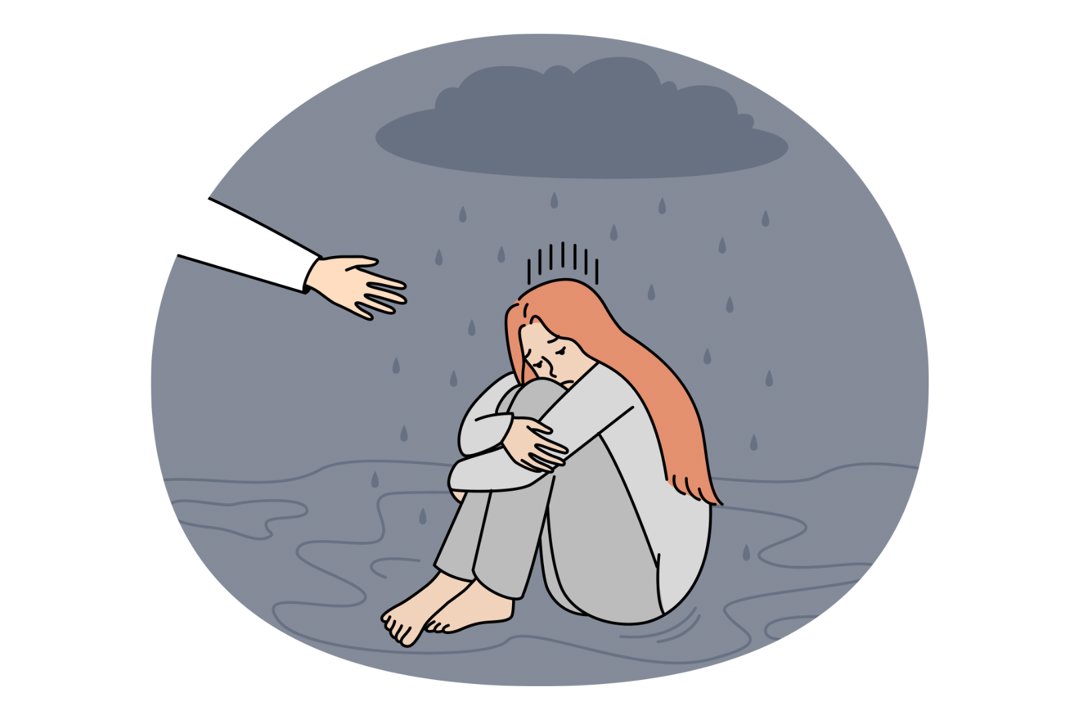
- Patients
Physician Intervention in Domestic Violence Situations
Health care professionals often play a crucial role in recognizing and intervening in domestic violence involving their patients.
Trusted healthcare professionals play a crucial role in recognizing and addressing domestic violence involving their patients. It is therefore important to address health care professionals’ role when they suspect a patient is a victim of domestic violence.
Health care practitioners are uniquely positioned to observe signs of domestic violence during routine medical examinations. Beyond physical injuries, they may recognize subtle indicators such as changes in demeanor, anxiety, or unexplained health issues that may be linked to an abusive relationship. Therefore, it is imperative for providers to understand the signs of domestic violence and attempt to create an environment where patients feel safe disclosing such experiences.
As Dr. Anita Ravi, co-founder of PurpLE (Purpose: Listen & Engage) Health Foundation, so aptly explained1: “The goal [is to] provide the care sought, in a consistently sensitive, and caring way, so survivors know they are always welcome to return.” She continued to say that even though a patient may not open up immediately, “those initial interactions still lay the necessary groundwork in signaling to survivors that the physician’s office or an emergency department is a safe and appropriate place to address abuse.”
What should I do if I identify domestic violence?
Once identified, physicians should provide support and resources for victims of domestic violence. This involves offering a compassionate and non-judgmental space for patients to share their experiences, actively listening to their concerns, and providing information about available resources such as shelters, support groups, and counseling services. Health care practitioners might also offer to the patient/victim to collaborate with social workers and other health care professionals to ensure a comprehensive and tailored support system for the victim.
Additionally, physicians can play a preventive role by integrating discussions about domestic violence into routine medical appointments. By normalizing conversations around healthy relationships and recognizing the warning signs of abuse, physicians can empower patients to seek help before the situation escalates. This proactive approach aligns with the broader idea of trauma-informed care, addressing not only physical but also mental and emotional well-being.
However, it is essential to acknowledge the challenges that physicians may face in addressing domestic violence. Legal and ethical considerations, concerns about patient confidentiality, and the complex dynamics of abusive relationships can pose obstacles. For instance, it may be difficult to let a victim of intimate partner violence walk out of your practice without taking additional action, like reporting to authorities, to protect them from their abuser.
When should I report domestic violence?
In Arizona, Colorado, Utah, and Nevada, the law does not mandate reporting of domestic violence against a competent adult except in the case of certain injuries.2 In fact, organizations like the American Medical Association (“AMA”) actively discourage laws requiring physicians to report such abuse when the victim is a competent adult. This is because “[s]uch laws violate the basic tenets of medical ethics,” and reporting may put the victim in greater danger.
Thus, health care practitioners should respect a competent adult patient’s wishes and maintain confidentiality of their protected health information if they do not want to report abuse. The AMA’s Opinion 8.10 supports this approach to detecting abuse, treating the immediate symptoms, discussing the subject sensitively with the patient, and obtaining informed consent to report abuse when reporting is not mandated.
Physicians stand as key figures in recognizing the signs of domestic violence. By fostering a supportive and understanding environment, physicians contribute significantly to breaking the cycle of abuse and promoting the overall health and safety of their patients.
Mandatory Reporting Laws
Certain injuries, no matter the person’s age and mental status
- Arizona, Utah, Nevada, and Colorado do not require reporting of domestic violence or intimate partner violence directed at competent adults. Those patients’ preferences and privacy should be respected while fostering an environment in which they feel comfortable confiding sensitive information.
- However, these states3 do require reporting of gunshot wounds, knife wounds or other material injury which may have resulted from a fight, brawl, robbery or any unlawful act. Thus, depending on the circumstances, the statutes may require reporting of an injury caused by an unlawful act of an intimate partner. If you encounter one of these scenarios, discuss your obligation to report the injury with the patient before you contact authorities.
Minor and Vulnerable Adult/Elder abuse
|
|
Arizona |
Utah |
Nevada |
Colorado |
|
Child Abuse Mandatory Reporting Statutes |
A.R.S. 13-3620 Report Child Abuse or Neglect | Arizona Department of Child Safety (az.gov) |
Utah Code 80-2-602 Child Protective Services | Child and Family Services (utah.gov) |
NRS 432B.220 Nevada's Child Welfare and Child Protective Services (nv.gov) |
CRS 19-3-304 Colorado Child Abuse and Neglect Hotline Reporting System | Colorado Department of Human Services |
|
Vulnerable Adult/Elder abuse Mandatory Reporting Statutes |
A.R.S. 46-454 Report Adult Abuse, Neglect and Exploitation | Arizona Department of Economic Security (az.gov) |
Utah Code 26B-6-205 Adult Protective Services | Division of Aging & Adult Services (utah.gov) |
NRS 200.5093 |
CRS 18-6.5-108 Adult Protective Services | Colorado Department of Human Services |
Other Selected Resources
There are many resources available online for health care professionals who need guidance when they encounter a patient who may be a victim of domestic violence. The following links are a selection of those resources.
Patient Care & Office Forms | ACP Online (see “Adult High Risk Screening Form”)

